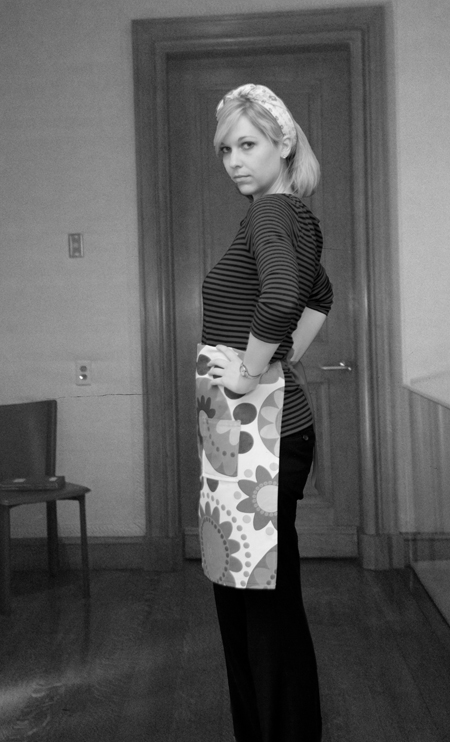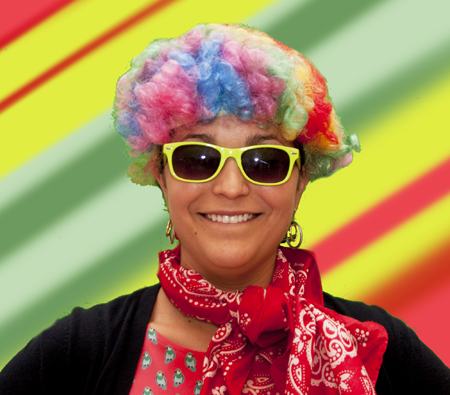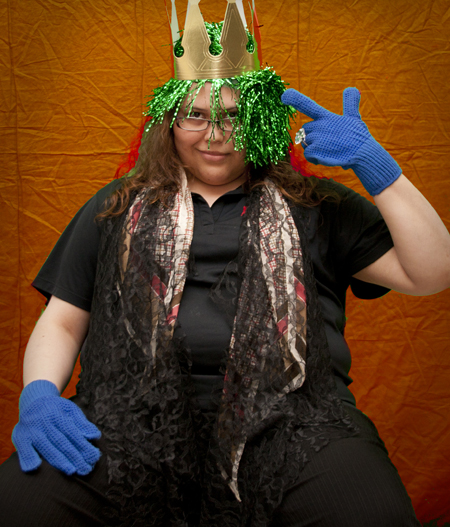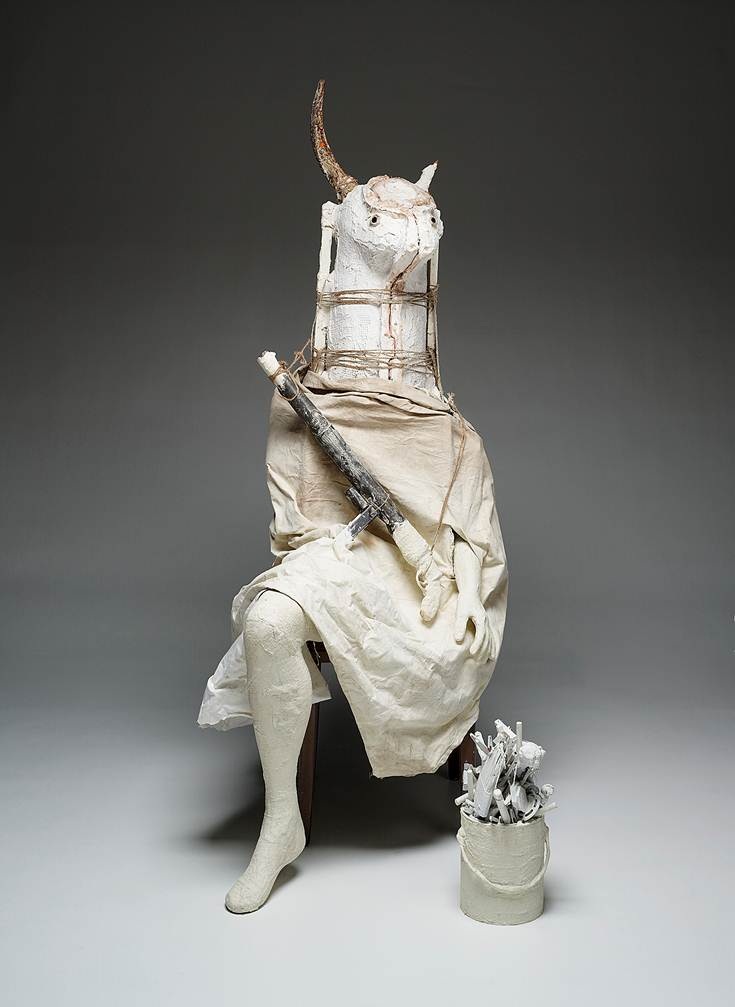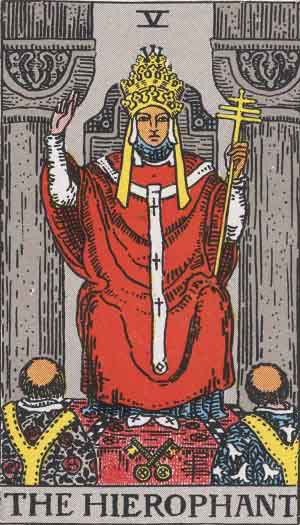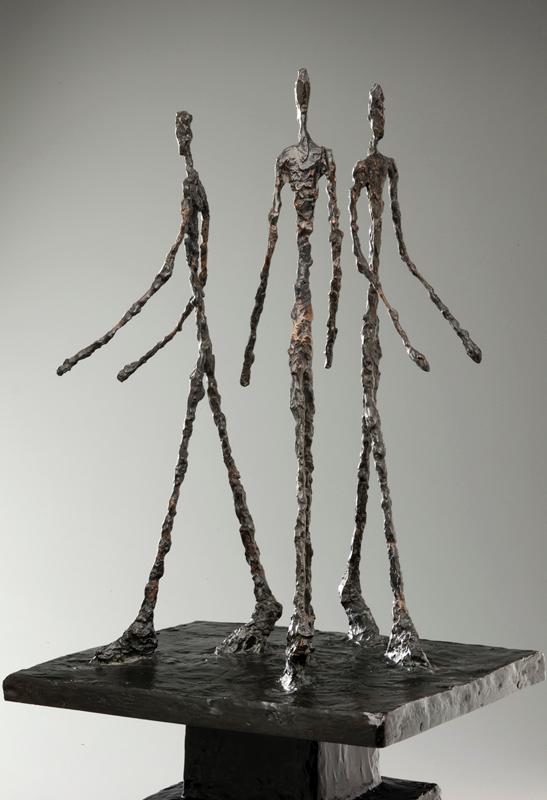A beautiful thing is never perfect. – Egyptian proverb
The opening of The Body Beautiful in Ancient Greece: Masterworks from the British Museum has prompted an interesting dialogue on what qualifies as “beautiful.” Greek ideals have long influenced societal standards of beauty for both men and women, but many of the pieces in our permanent collection offer varied perspectives on this matter. Below are several such works of art that will hopefully challenge and diversify our concept of female beauty in particular.

Olowe of Ise, Kneeling female figure with bowl (olumeye), c. 1910 to c. 1938, Nigera, Effon-Alaiye, Yoruba peoples, Dallas Museum of Art, The Eugene and Margaret McDermott Art Fund, Inc.
These types of containers, known as olumeye, are used in rituals of domestic hospitality for particularly distinguished guests. The word olumeye means “she who brings honor” and refers to the carved kneeling female figure presenting the bowl, which would have traditionally held kola nuts. Her long neck, oval-shaped face, and scarred back reveal Yoruba ideals of feminine beauty.

Yasuo Kuniyoshi, Bather with Cigarette, 1924, Dallas Museum of Art, Dallas Art Association Purchase Fund, Deaccession Funds/City of Dallas (by exchange) in honor of Dr. Steven A. Nash.
Though Yasuo Kuniyoshi’s bather does not portray the Italian Renaissance standards of beauty, her pose and the presence of the miniscule clamshell do recall Sandro Botticelli’s iconic Birth of Venus. This woman, however, flaunts her figure unapologetically, revealing a certain confidence and comfort with herself.

India, Doorjamb, 10th – 11th century, Dallas Museum of Art, Wendover Fund, gift of David T. Owsley via the Alvin and Lucy Owsley Foundation and General Acquisitions Fund.
This carved doorjamb would have adorned one side of the entrance to a Hindu temple. The graceful, sensuous women at the bottom represent the Yamuna and Ganga Rivers and offer prosperity to the incoming worshipers.

Jean Dubuffet, Julie la Serieuse, 1950, Dallas Museum of Art, gift of Mr. and Mrs. James H. Clark.
Jean Dubuffet states: “The female body, of all the objects in the world, is the one that has long been associated (for Westerners) with a very specious notion of beauty (inherited from the Greeks and cultivated by the magazine covers); now it pleases me to protest against this aesthetic, which I find miserable and most depressing. Surely, I am for beauty but not that one.”
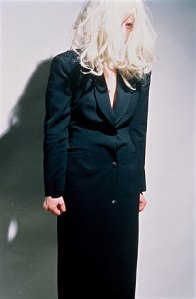
Cindy Sherman, Untitled #122, 1983.
Photographer Cindy Sherman, whose retrospective is currently on view at the DMA through June 9, 2013, received several fashion commissions throughout her career. These photographs subvert expectations by featuring a wide range of eccentric characters rather than traditional fashion models. She states: “The world is so drawn toward beauty that I became interested in things that are normally considered grotesque or ugly, seeing them as more fascinating and beautiful. It seems boring to me to pursue the typical idea of beauty, because that is the easiest or the most obvious way to see the world. It’s more challenging to look at the other side.”

Syria, Fertility Goddess, late 2nd millennium BC, Dallas Museum of Art, Foundation for the Arts Collection, gift of Mr. and Mrs. James H. Clark.
This kind of ceramic female figuring was quite common in Syria during the Bronze Age. The statuettes consist of standing frontal female figures that are nude, though usually wearing ornaments and headdresses. These common figurines were possibly votive offerings or amulets to a mother-goddess, and their form may have been influenced by cult statues in a temple.
The Body Beautiful in Ancient Greece will be on view through October 6, 2013. And be sure to check out the new self-guided tour available in the exhibition, Beauty Beheld, to further explore the complex concept of beauty within the DMA’s permanent collection.
Alex Vargo
McDermott Education Intern for Gallery Teaching

















